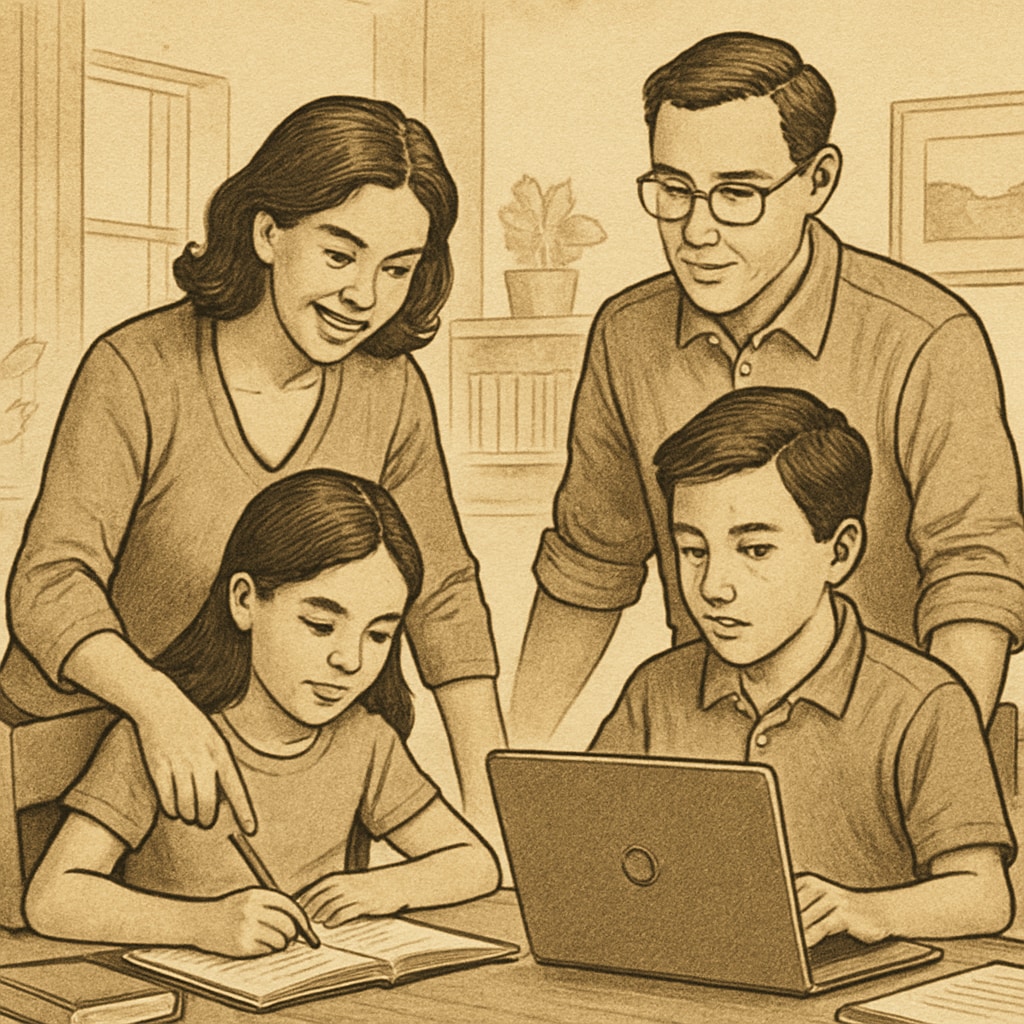In recent years, the rise of public online schools has transformed the landscape of education. Parents are increasingly choosing this alternative education method due to its flexibility, personalized learning opportunities, and ability to meet diverse family needs. As the demand for online education grows, understanding the motivations driving these choices is essential for educators and policymakers alike.
Personalized Learning: A Key Driver for Parents
One of the primary reasons parents turn to public online schools is the ability to tailor education to their child’s unique learning style and pace. Unlike traditional classrooms, online platforms allow students to progress at their own speed, focusing more on subjects they excel in or need extra help with. For example, children who struggle with math can receive targeted support without the pressures of keeping pace with their peers. This adaptability ensures a more engaging and effective learning experience.

Maintaining Family Balance and Flexibility
Public online schools offer families the flexibility to fit education into their daily lives. Many parents appreciate the ability to schedule lessons around work, travel, or other commitments. This flexibility is particularly beneficial for families with frequent relocations, such as military families, or those who prioritize homeschooling but seek the structure of a public curriculum.
Additionally, the online format helps streamline family routines. For example, commuting to school is no longer a concern, and students can learn from the comfort of their home. This convenience fosters a better work-life balance for parents and children alike.

Specialized Support for Unique Needs
Another important factor driving parents toward public online schools is the availability of specialized support for students with unique needs. These schools often provide tailored resources for children with learning disabilities, physical disabilities, or exceptional talents. By combining digital tools with individualized instruction, public online schools can accommodate a wide range of learners.
For example, a child with dyslexia may benefit from text-to-speech software, while a gifted student can access advanced coursework unavailable in traditional schools. This inclusivity ensures that every child has the opportunity to thrive academically.
Adapting to the Changing Educational Landscape
The COVID-19 pandemic accelerated the adoption of online education, highlighting its potential as a mainstream option. Even as schools reopen, many families continue to prefer online learning for its safety and adaptability. Public online schools provide a structured alternative to independent homeschooling, combining professional teaching with state-approved curricula.
Moreover, technological advancements have made online education more interactive and engaging. Virtual classrooms, digital assignments, and collaborative projects ensure students remain connected and motivated while learning remotely.
In summary, the shift toward public online schools is driven by parents seeking personalized learning, flexibility, and specialized support for their children. As a result, these schools are becoming a vital part of the modern education system.


